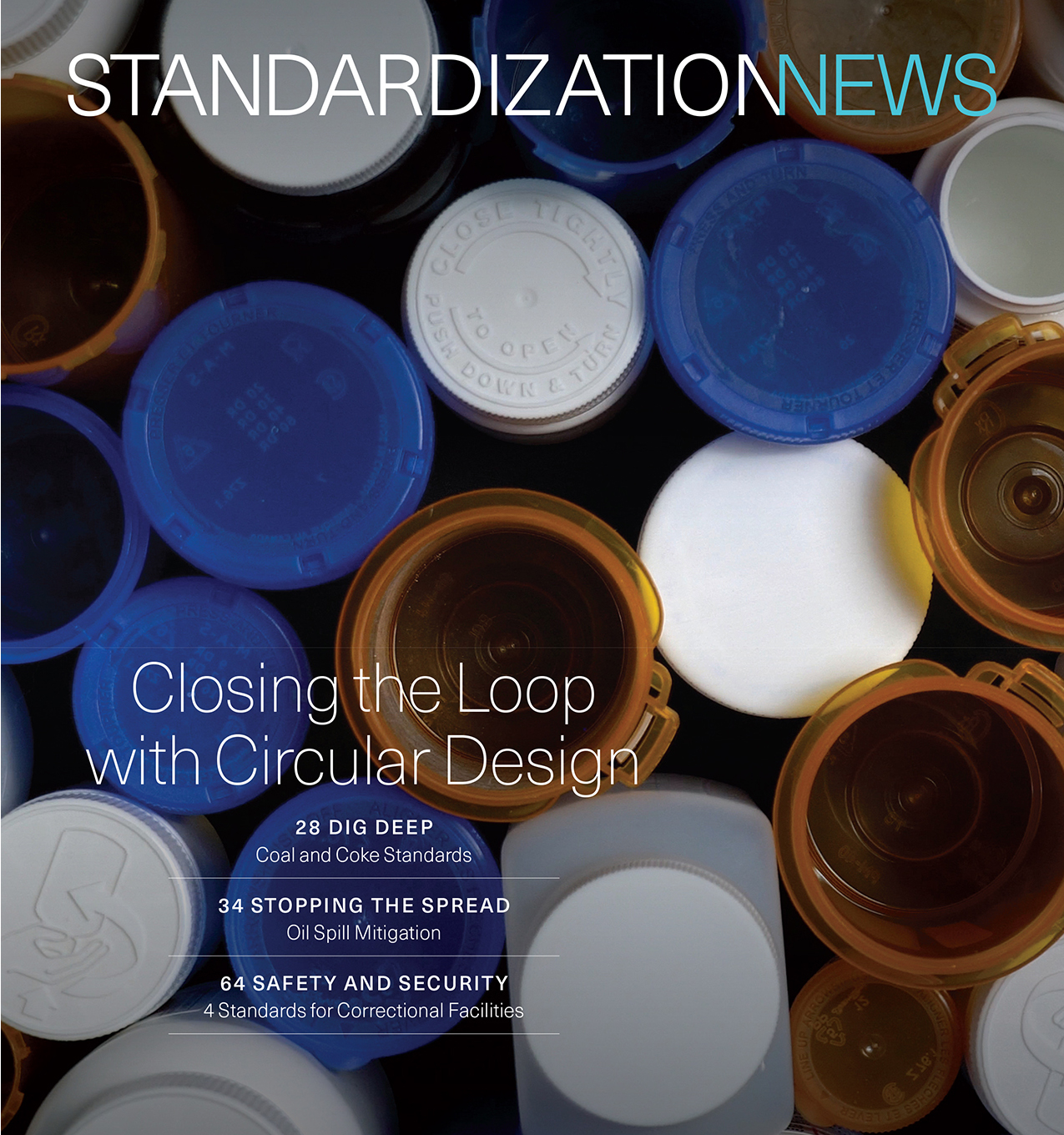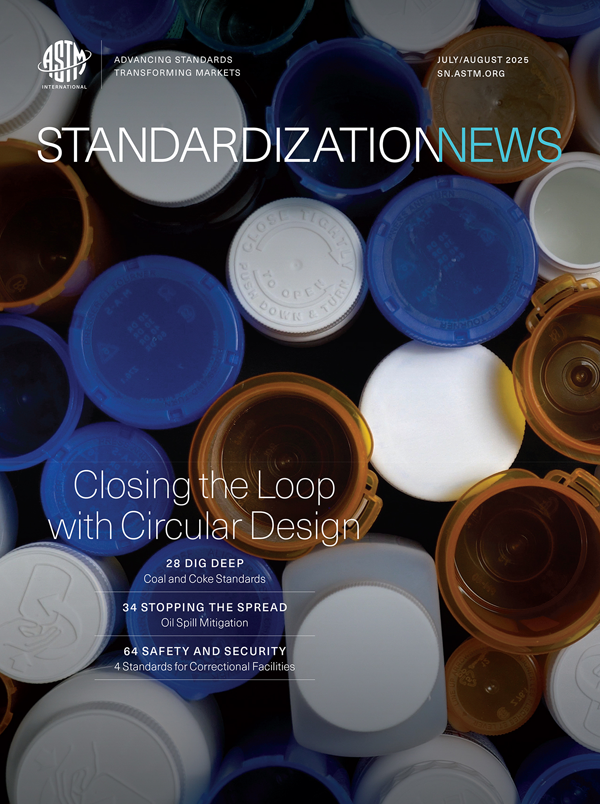NEWS
The Brave New Virtual World of Amusement Parks
New technology is changing the way users experience amusement parks, and industry experts say the possibilities are endless.
Read More
Standards and the Future of Stem Cell Research
Stem-cell research continues to advance at a rapid pace, and standards are helping the field move forward.
Read More
STANDARDIZATION NEWS
July / August 2025

What’s Happening

STANDARDIZATION NEWS
STANDARDIZATION NEWS |  |
Publicity Request Form
Looking to publicize an ASTM activity through a press release or Standardization News article? Fill out this form to start the process.












